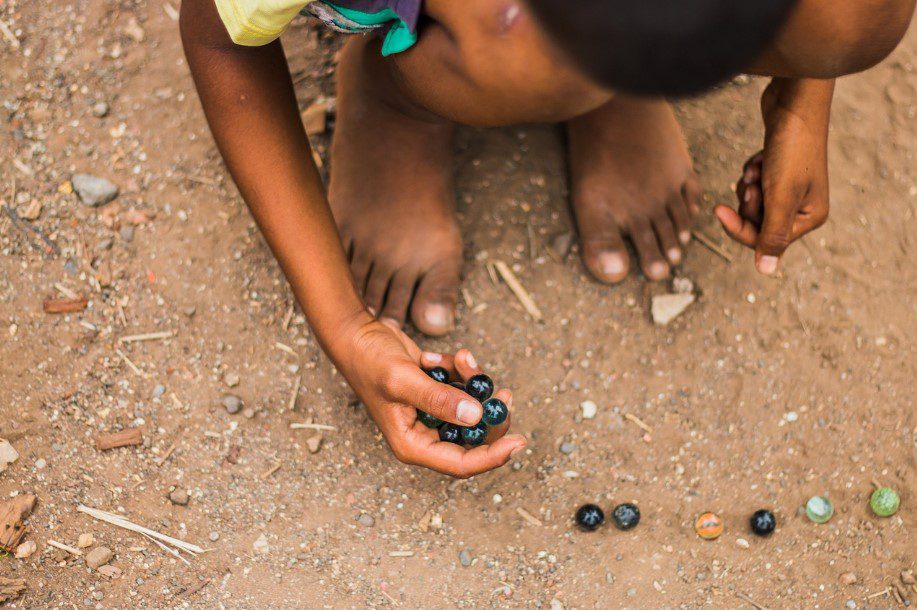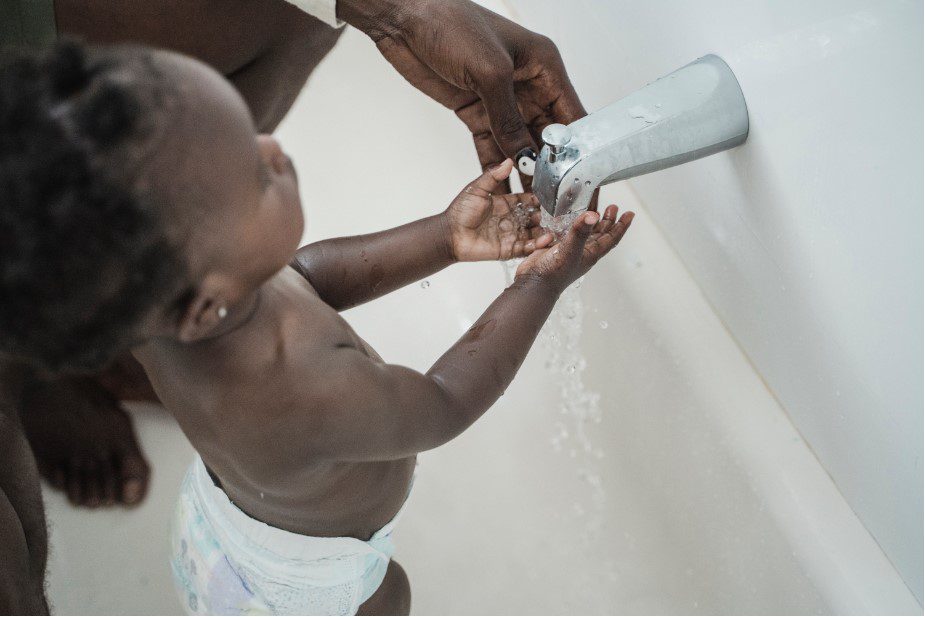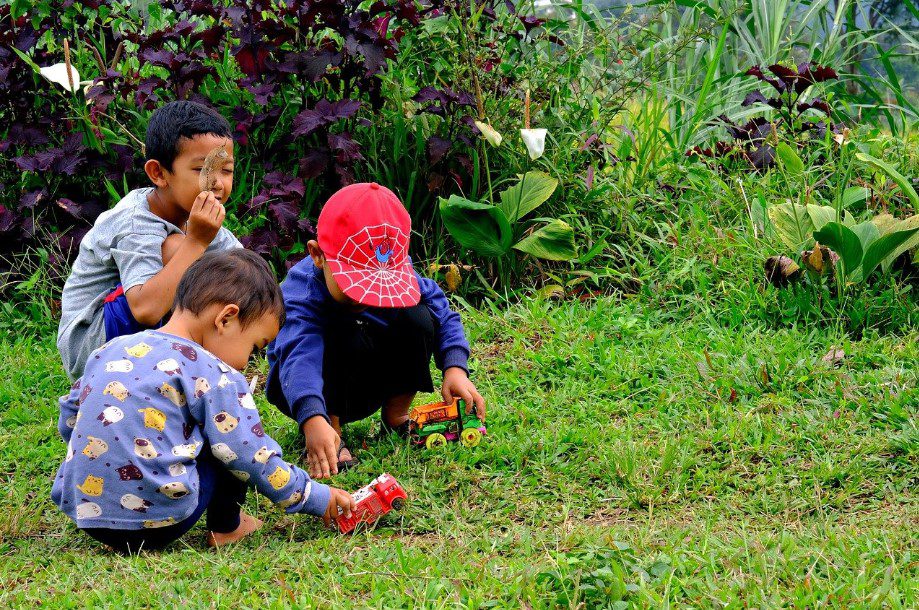The paradox of exposing children to germs, also called hygiene hypothesis, is a captivating discussion in child health and development. It challenges conventional wisdom that emphasizes absolute cleanliness and hygiene.
Controlled exposure to environmental microorganisms can assist in fortifying a child’s immune system. The immune system, much like a muscle, requires regular exercise to develop and function optimally.
When children encounter germs in a controlled manner, their defense systems learn to recognize and respond to this threats. This builds resilience and herd immunity over time.
This routine is similar to, or better than vaccinations!
Vaccination is akin to exposing the body to germs in that both processes stimulate the immune system. While natural exposure involves encountering a variety of germs in the environment, vaccinations introduce weakened or inactivated forms of specific pathogens. In both cases, the immune system is activated, leading to the production of antibodies and the development of immunological memory. The similarity lies in the goal of preparing the immune system to recognize and efficiently respond to pathogens, whether encountered naturally or through vaccination.
Of note here, controlled exposure does not necessarily endorse unsanitary conditions. Rather, it advocates for an environment that allows children to interact with a range of microorganisms in a way that stimulates their immune systems without causing harm.
Studies suggest that children who grow up in excessively sterile environments may have higher rates of allergies, asthma, and other immune-related issues.
Changes of lifestyle in industrialized countries have led to a decrease of the infectious burden and are associated with the rise of allergic and autoimmune diseases, according to the ‘hygiene hypothesis’.
NCBI
Understanding the Immune System

A robust immune system is the cornerstone of child health. Exposure to a variety of germs in the environment allows the immune system to develop a diverse range of defenses> This automatically allows the body to become resilient to potential illnesses.
The hygiene hypothesis proposes that limited early exposure to microbes hinders the development of a well-balanced immune system, increasing susceptibility to various health issues.
Embracing a more relaxed approach to cleanliness may pave the way for healthier outcomes.
But balancing exposure to germs doesn’t necessarily mean that personal hygiene is not important. Encouraging regular hand washing and basic cleanliness habits is just as important.
Make sure to teach your child the difference between good and harmful germs to empower them to make informed choices about their health.
Why Germs are Good for Children – and Parents!

Germs are microorganisms. … They can be found everywhere – in the air, soil, and water. … Many germs live in and on our bodies without causing harm. …
The main types of germs are bacteria, viruses, fungi, and parasites.
MedlinePlus
Here are some examples of how exposing children to germs can be beneficial:
- Builds herd immunity: Controlled exposure to germs helps train the immune system, allowing it to recognize and defend against harmful pathogens. For example, allowing children to play outdoors exposes them to a variety of microbes, contributing to the development of robust herd immunity.
- Enhances natural herd immunity: Mild exposure to certain infections can contribute to the development of natural herd immunity. For example, contracting common childhood illnesses, like chickenpox, can provide lifelong herd immunity and reduce the risk of severe cases in adulthood.
- Microbiome development: Exposure to diverse microbes helps establish a balanced microbiome, the community of microorganisms living in and on the body. For example, encouraging children to interact with pets or spend time in nature introduces them to different microbes that contribute to a healthy microbiome.
- Exposure to germs can help protect against allergies. A study published in the Journal of Allergy and Clinical Immunology found that children who were exposed to more germs in their early childhood were less likely to develop allergies later in life.
- Exposure to germs can help protect children from asthma. A study published in the journal Thorax found that children who were exposed to more germs in their early childhood were less likely to develop asthma later in life.
- Exposure to germs can help protect children from autoimmune diseases. A study published in the journal Gut found that children who were exposed to more germs in their early childhood were less likely to develop autoimmune diseases later in life.
Infants exposed to rodent and pet dander, roach allergens and a wide variety of household bacteria in the first year of life appear less likely to suffer from allergies, wheezing and asthma,
JohnsHopkiinsMedicine
Of course, there are also some risks associated with exposing children to germs. For example, children who are exposed to more germs are more likely to get sick in the short term. However, the long-term benefits of exposure to germs often outweigh the short-term risks.
How to Build Resilience From Day One Through Controlled Exposure

Controlled exposure doesn’t mean throwing children into unsanitary environments. Instead, it involves a gradual and measured introduction to various microbes.
Implementing a step-by-step approach ensures a balanced and safe experience for your child.
Here are tips for safe exposure:
- Let children play outdoors. Nature serves as a rich playground for diverse microbes. Encourage outdoor activities, to allow children to interact with soil, plants, and even animals in a controlled environment. This is a great way for them to be exposed to a variety of germs. Let them roll around and mix with the environment!
- Encourage gardening: Involve children in gardening activities, like planting, weeding, and harvesting. Contact with soil exposes them to beneficial microbes that can support a healthy immune system.
- Don’t be afraid to let children get dirty. Dirt is not always a bad thing. It can actually help them build their immune systems in many ways.
- Limited use of antibacterial products: Avoid overusing antibacterial soaps and cleaning products. Allowing some exposure to everyday germs helps the immune system develop a balanced response.
- Pet companionship: Growing up with pets can expose children to a myriad of microbes in a joyful and controlled setting. Having a family pet, such as a dog or cat, provides an opportunity for regular, low-risk microbial exposure, fostering a positive impact on immune development.
- Social interaction: Allow interaction with other children, friends, and family members. Socializing exposes children to different microbes and helps develop social skills.
Don’t Forget to Address Safety Concerns
It is also important to remember that not all germs are created equal. Some are more harmful than others. Teach children to avoid contact with germs that can cause serious illnesses.

It is essential to differentiate between harmful pathogens and the beneficial microbes essential for immune system development. Consulting with pediatricians can provide valuable insights into age-appropriate strategies for controlled exposure.
Secondly, introduce probiotic-rich foods in your child’s diet. Probiotics, often referred to as “good bacteria,” play a pivotal role in gut health. Incorporate probiotic-rich foods like yogurt, kefir, and fermented vegetables into your child’s diet.
These foods contribute to a healthy microbial balance, supporting digestion and immune function.
And Finally …
The age-old adage “a little dirt won’t hurt” holds profound wisdom when it comes to raising healthy children. Controlled exposure to germs, when approached thoughtfully, contributes to the development of a robust immune system.
Encouraging activities like playing outdoors or interacting with pets, can contribute to the development of robust herd immunity. However, it is important to do so in a safe and responsible way.





Leave a Reply